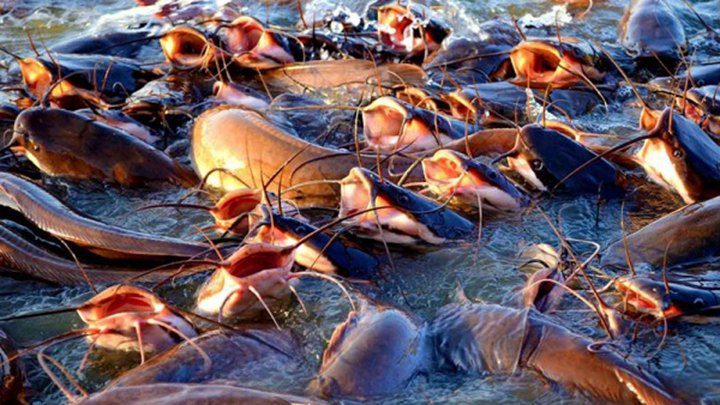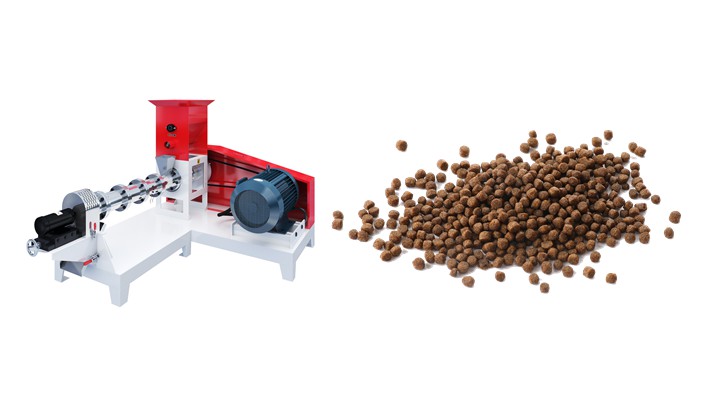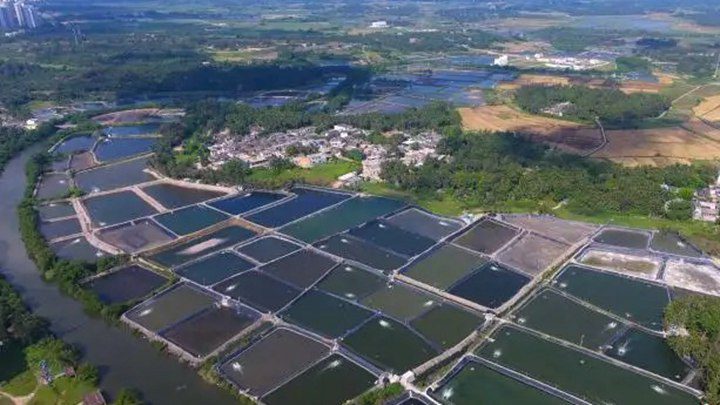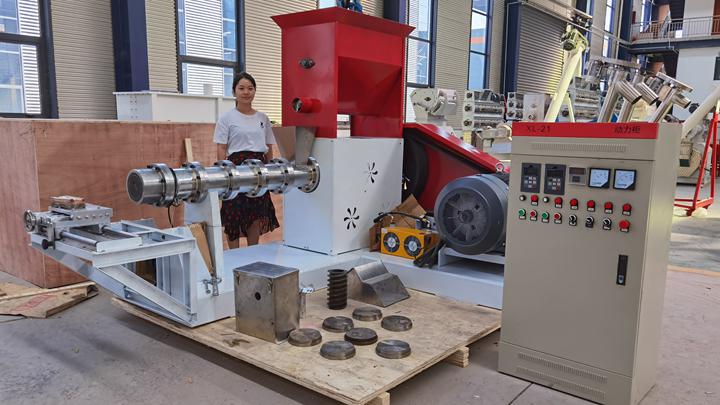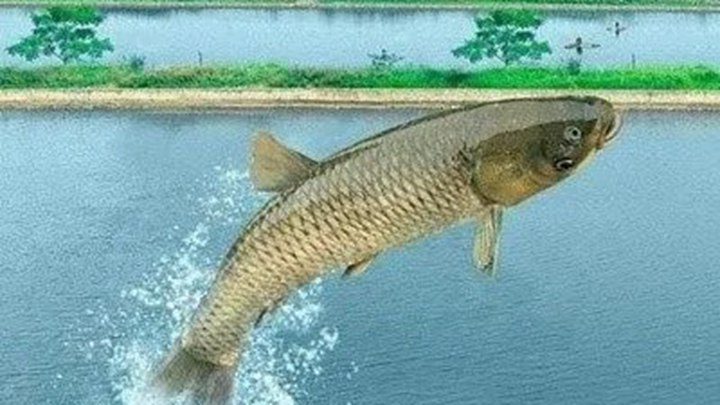Are you incurring loss? Discover practical strategies on how to feed catfish and optimize their nutritional requirements, feeding schedule, and optimal growth.
Keeping catfish is fun, but knowing how to feed them is an added advantage. Not all types and feed sizes can be used to feed catfish. With proper knowledge, you may avoid loss through pond pollution, overfeeding, or underfeeding the catfish.
Keep reading this article for proper knowledge on keeping healthy catfish without undergoing loss of any kind.
How to Feed Catfish in Different Growth Stages
Feeding catfish depends on the nutritional needs, size, or age of your catfish. If you are producing your feed, produce pellets depending on the size of your catfish. However, the protein percentage on feeds for fingerlings should be different from that of fully-grown catfish.
Below is a breakdown you can follow:
Fry
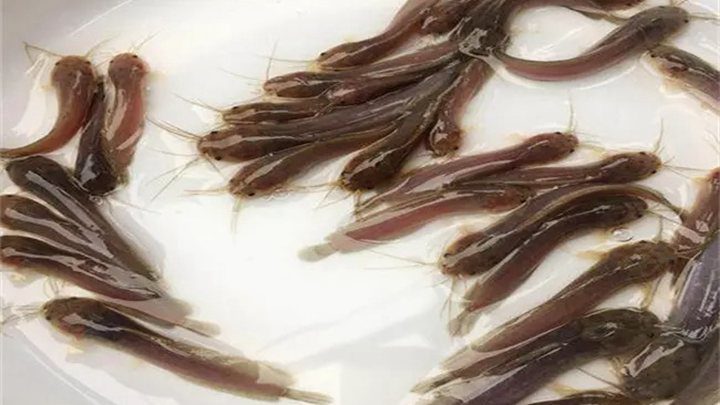
Fry is a newly hatched catfish that needs a smooth and digestible feed. Feeding fry several times a day is advisable, and the amount of feed should be 4 -10% of their body weight.
The fry normally inhabits shallow water to avoid pressure in deep water. Therefore, opt for floating fish feed with the right diameter for easy swallowing.
Control the amount of feed, keeping in mind that it should not pollute the fish habitat.
Fingerlings
Fingerlings are in the stage of growing. You should use a starter feed with protein 40% – 50%. During this stage, fingerlings are about 5 -10 cm. Feeding these catfish about 1 -2 times their body weight twice daily is advisable.
Juveniles
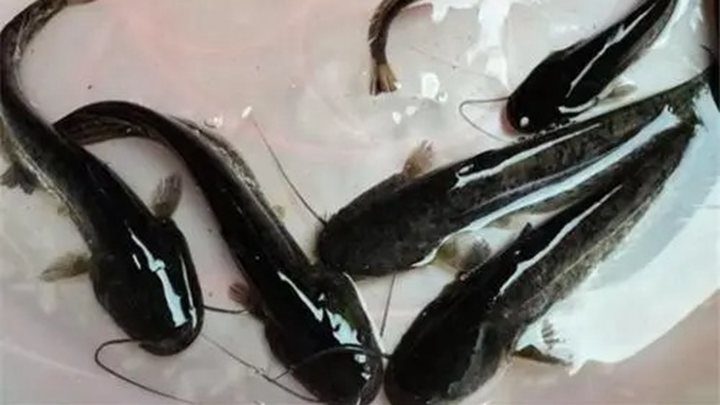
Catfish measuring 10 -15 cm are juveniles and weigh 5 -12 grams. You should feed them grower at this stage with 35 -40% protein. Because they are at a high growth rate, you should feed them 10 -35% of their body weight daily.
Market-Sized Catfish
When the size of your catfish can be sold, we say they are at a market size. You should feed these catfish a finisher feed with 26 -32% protein. It is recommended that they be fed thrice a day.
You can also give them sinking fish feed because they can swim at the bottom of the pond. However, the amount of feed should be controlled to avoid polluting the pond.
The more you keep them, the more feed you’ll give them. The cost of feed is low if you’re producing your feed.
How Often Should I Feed the Catfish?
Feeding catfish depends on specific parameters like size, weight, age, and food type. The amount of feed given to fingerlings is not the same as in juveniles.
Small body size means a small surface area to volume ratio. The smaller the catfish, the higher the rate of breaking down the food inside its body.
Therefore, you are recommended to feed fingerlings several times a day. The number of times you feed catfish keeps reducing as their size increases.
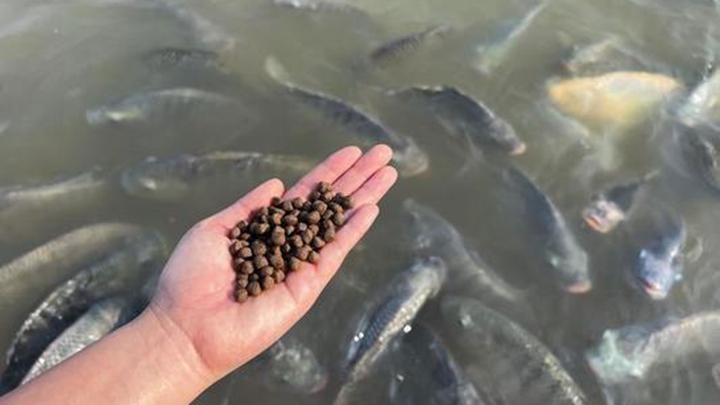
Giant catfish have a small surface area to volume ratio. This also means that food takes a long time for the body to utilize. Therefore, the number of times you feed them should be reduced to about twice or thrice a day.
The last thing to consider is the type of feed. Depending on your raw materials, a feed can be smooth and easily digestible. However, some may contain more fiber than others.
Smooth and digestible feed should be given several times a day compared to other foods with a relatively high fiber percentage.
Tips(Attention) When Feeding the Catfish
Ensuring your catfish are healthy and living in a well-maintained habitat requires specific measures. They include:
Improving Feed Efficiency and Quality:
To ensure that catfish receive the proper nutrition, using high-quality feed is essential. Many fish farms opt for professional fish feed production equipment, such as the Lima Fish Feed Making Machine, to enhance feed production efficiency and ensure optimal feed quality. The Lima Fish Feed Pelletizer can process raw materials into high-density, uniform pellets, ensuring that fish can fully absorb every bit of nutrition. Especially in large-scale farming operations, this machine not only boosts production efficiency but also helps farmers manage costs and improve the overall health of the fish by precisely controlling the pellet size and nutritional content of the feed.
Food Type
Fingerlings have weak jaws and cannot feed on hard foods. You should chop up some of its food to help them to eat and digest easily. When they are immensely grown, you can offer them pellet feeds that have protein or balanced nutrition.
Keeping catfish means you are prepared with the cost of feed. Avoid giving you catfish feed meant for other animals like livestock. Such feed may contain stiff fiber that the fish cannot digest. Feed meant for other animals can even contaminate the water.
Fry, fingerlings, juveniles, and market-sized catfish should always be given floating feeds. Floating pellets are best and have several advantages: they are easy to control, and you can avoid pollution.
Feeding Method
Sprinkle the catfish food onto the water surface when feeding. The catfish will be reaching out to pellets as they fall.
The sprinkling method is advisable as it can help reduce overfeeding. You can easily tell when the catfish has eaten enough.
Don’t offer the food on one side. When you sprinkle food, catfish will run to that place and congest. They may end up accidentally feeding on each other. Instead, sprinkle the food at different positions of the pond.
Avoid Feeding Stressed Catfish
You may be asking yourself if a catfish can be stressed. Yes, they can. We say a catfish is stressed when there is a disturbance in its habitat. For example, when you transport the catfish, its new environment makes it stressed.
Catfish are also stressed if you change their environment from fresh water to salt water. During this time of stress, you are not advised to feed your catfish. The sudden environmental change may make the catfish only eat something once it adjusts to the new environment.
When the catfish’s environment changes, feed it after about 24 hours. After 24 hours, the catfish may have adapted to the new environment.
Ensure the fish pond has a clean water source to avoid pollution and sudden changes in the water state that may cause stress. The pond should also retain water to prevent sudden changes in water levels.
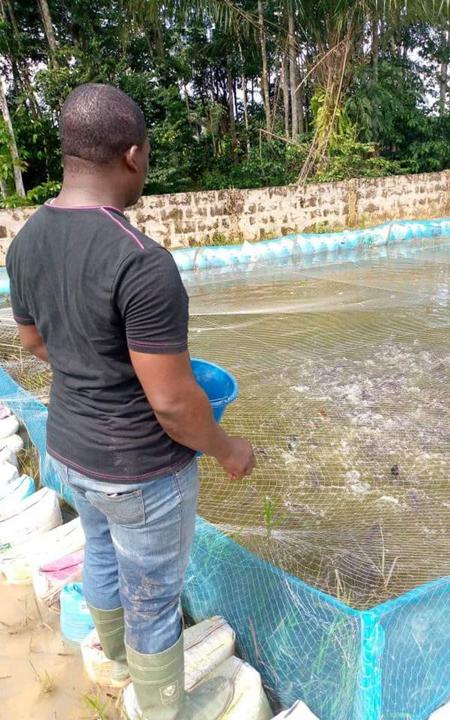
Avoid Overfeeding
Most farmers make the mistake of overfeeding their catfish. Overfeeding means spending more feed, which increases the cost of buying feed.
Also, some food will not be eaten and may sink to the bottom. Over-accumulation of the feed at the bottom will pollute the pond. A polluted pond means that you have to change the water, which can sometimes be challenging.
If the catfish do not rush for food, know they are satisfied and stop feeding.
Avoid Underfeeding
You should avoid underfeeding your catfish. You may be doing so because you want to cut the feed cost. However, this may come with its cost. Your catfish may end up feeding on each other.
Conclusion
When feeding your catfish, consider its size, weight, and age. Fingerlings feed frequently and should always be given feed that is digestible and smooth for easy swallowing. You should also opt for floating fish feed because it is easy to control and avoids pond pollution.

